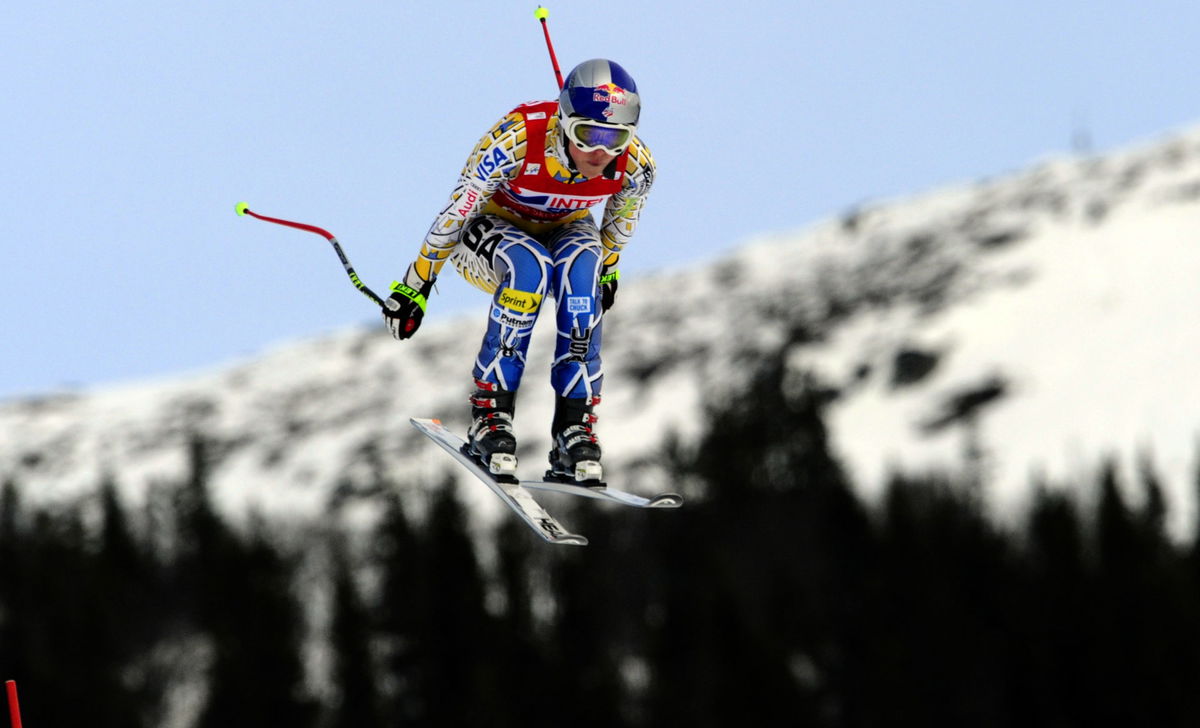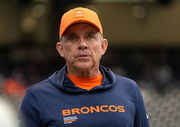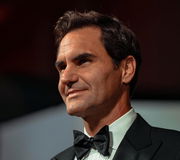
Getty
ARE, SWEDEN – FEBRUARY 26: (FRANCE OUT) Lindsey Vonn of the USA takes 1st place during the Audi FIS Alpine Ski World Cup Women’s Downhill on February 26, 2011 in Are, Sweden. (Photo by Nisse Schmidt/Agence Zoom/Getty Images)

Getty
ARE, SWEDEN – FEBRUARY 26: (FRANCE OUT) Lindsey Vonn of the USA takes 1st place during the Audi FIS Alpine Ski World Cup Women’s Downhill on February 26, 2011 in Are, Sweden. (Photo by Nisse Schmidt/Agence Zoom/Getty Images)
Another exciting season of the FIS Ski World Cup is upon us! For many reasons, the 59th World Cup season will be memorable. One significant factor is the prospect of seeing Mikaela Shiffrin achieve her 100th World Cup victory. In the 2024-25 season, Shiffrin crashed out of the tournament due to an MCL injury, and naturally, watching her make a comeback in the upcoming season would be a major draw for fans. But what else could attract fans to the Alpine skiing events?
Watch What’s Trending Now!
The 2024 FIS Ski World Cup will go on for six months before announcing its winners. But this year, the stakes are higher, as it would be more than just skiing that directs the actions of the World Cup. Throughout these months, a long list of events and special races will keep the fans hooked. The event will be flagged off at Sölden, Austria in a few days, so let’s get ourselves prepared! Before the season commences, let’s take a look at the different disciplines and events that will keep things interesting.
ADVERTISEMENT
Slalom
Alpine skiing is one of the most thrilling and challenging winter sports. Watching athletes navigate steep slopes and make rapid turns at breathtaking speeds can be an exhilarating experience. Among the various disciplines that contribute to the sport’s popularity, the Slalom stands out as the most revered. This event is known for being the most technical and slowest of all alpine skiing competitions. The closely spaced gates require sharp, quick changes in direction, making the Slalom a true nail-biter. The short distance between gates demands precision and rhythm from athletes, contributing to its status as a fan favorite due to its intensity.

ADVERTISEMENT
Athletes have to be highly skilled in turning as they meander around the poles, which can knock them away with their hands or shins to maintain speed. This event involves two runs. The fastest 30 skiers from the first run advance to the second, where they start in reverse order.
ADVERTISEMENT
There are two key Slalom races: the Schladming (the night race) and the Schladming (Ganslern).
Top Stories
Greg Biffle’s $4M Worth Prized Possession Still Without a Buyer Leaves NASCAR Fans Heartbroken

LIV Golf Braces for Another Possible Exit in Wake of Brooks Koepka Departure

Sean Payton Announces Retirement Plans as Broncos HC Demands Improvement From Bo Nix & Co. Before Playoffs

Biff Poggi All But Confirms Bryce Underwood’s Michigan Future After Announcing His Own Departure

Roger Federer Draws Criticism from Swiss Government Chief for Tourism Boom in Country

Amanda Balionis Confirms New Relationship Ending Months of Rumors

Giant Slalom
This event is faster than the Slalom but still demands considerable technical skill from the racers. In the Giant Slalom, the gates are placed farther apart, allowing athletes to pick up more speed while making fewer but wider turns. Like the Slalom, this event also takes place over two runs on different courses, with the winner determined by the best combined time from both runs.
ADVERTISEMENT
Turning and positioning on the skis are crucial for achieving a high score in the Giant Slalom. In this event, athletes are also allowed to push the gates away with their shoulders instead of their hands.
The two key races of the Giant Slalom are the Adelboden (Chuenisbärgli) and the Alta Badia (Gran Risa).
ADVERTISEMENT
The Super-G
The Super Giant Slalom is a hybrid event that combines the speed of Downhill with some of the technical elements of Giant Slalom. Compared to the other disciplines, the Super-G is a relatively newer one. The gates in Super-G are set farther apart than even in the Giant Slalom, allowing for higher speeds while still requiring skiers to make technical turns. One of the most notable features of the Super-G is that participants are allowed to complete only one run, and they are not permitted any practice on the course beforehand.

Getty
HAUS IM ENNSTAL, AUSTRIA – JANUARY 08: (FRANCE OUT) Lindsey Vonn of the USA takes 1st place during the Audi FIS Alpine Ski World Cup Women’s Downhill on January 08, 2010 in Haus im Ennstal, Austria. (Photo by Francis Bompard/Agence Zoom/Getty Images)
To make up for the restrictions, the athletes get a course inspection on race day, during which they mentally prepare and visualize the race. The two key races of the Super-G are the Cortina d’Ampezzo (Olimpia delle Tofane), and Beaver Creek.
ADVERTISEMENT
Downhill
This is the most extreme and fastest of all Alpine skiing disciplines. Often considered the crown jewel of alpine skiing due to its high speed and dramatic visuals, this event is known for the sheer speed and courage required. Athletes regularly reach speeds of up to 160 km/h as they race down long, steep courses with significant jumps and high-risk sections. This discipline tests not only speed but also the skier’s control and decision-making abilities at high velocity.
Athletes can participate in several practice sessions on the course before the main race, allowing them to familiarize themselves with the layout. The racer with the fastest time wins.
ADVERTISEMENT
The two main races of the Downhill are Kitzbühel (Streif), and Wengen (Lauberhorn).
Combined
The Combined challenges skiers’ all-around abilities by combining both speed and technical disciplines. The event typically consists of one Downhill or Super-G run, followed by a Slalom run on the same day. The skier with the fastest time in both runs is declared the winner of the Combined discipline.
ADVERTISEMENT

Getty
COURCHEVEL, FRANCE – MARCH 16: Mikaela Shiffrin of Team United States competes during the Audi FIS Alpine Ski World Cup Women’s Downhill on March 16, 2022 in Courchevel, France. (Photo by Alexis Boichard/Agence Zoom/Getty Images)
This is a true test of versatility, and the skiers must demonstrate both the daring required for speed events and the finesse needed for technical courses. While this may be one of the least common World Cup events, it remains an important test of overall skiing ability in major high-stakes tournaments like the Winter Olympics.
Parallel Competition
In the Parallel Competition, two skiers race head-to-head on identical courses laid out side by side. The competition can take place as either a Parallel Slalom or a Parallel Giant Slalom. Each of the competitors is required to complete two runs, switching between heats. Following a knockout format, the faster skier in the combined times advances to the next round.
The direct competition factor of this race makes it a fab favorite, allowing viewers to instantly see who is winning. Various World Cup stages resort to knockout methods to declare the final winner of the Parallel Competition.
Which among the six above-mentioned disciplines tickles your fancy the most? Tell us with a comment!
ADVERTISEMENT
ADVERTISEMENT
ADVERTISEMENT

